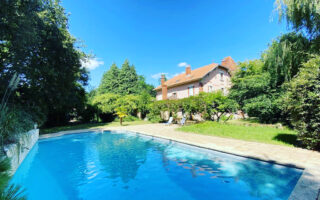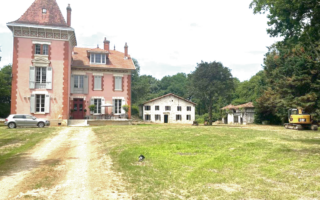French Planning Applications : Certificat d’Urbanisme, Déclaration Préalable, & Permis de Construire
Essential Reading
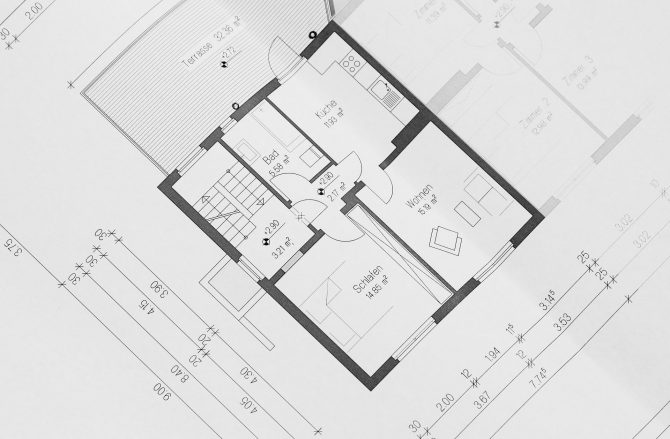
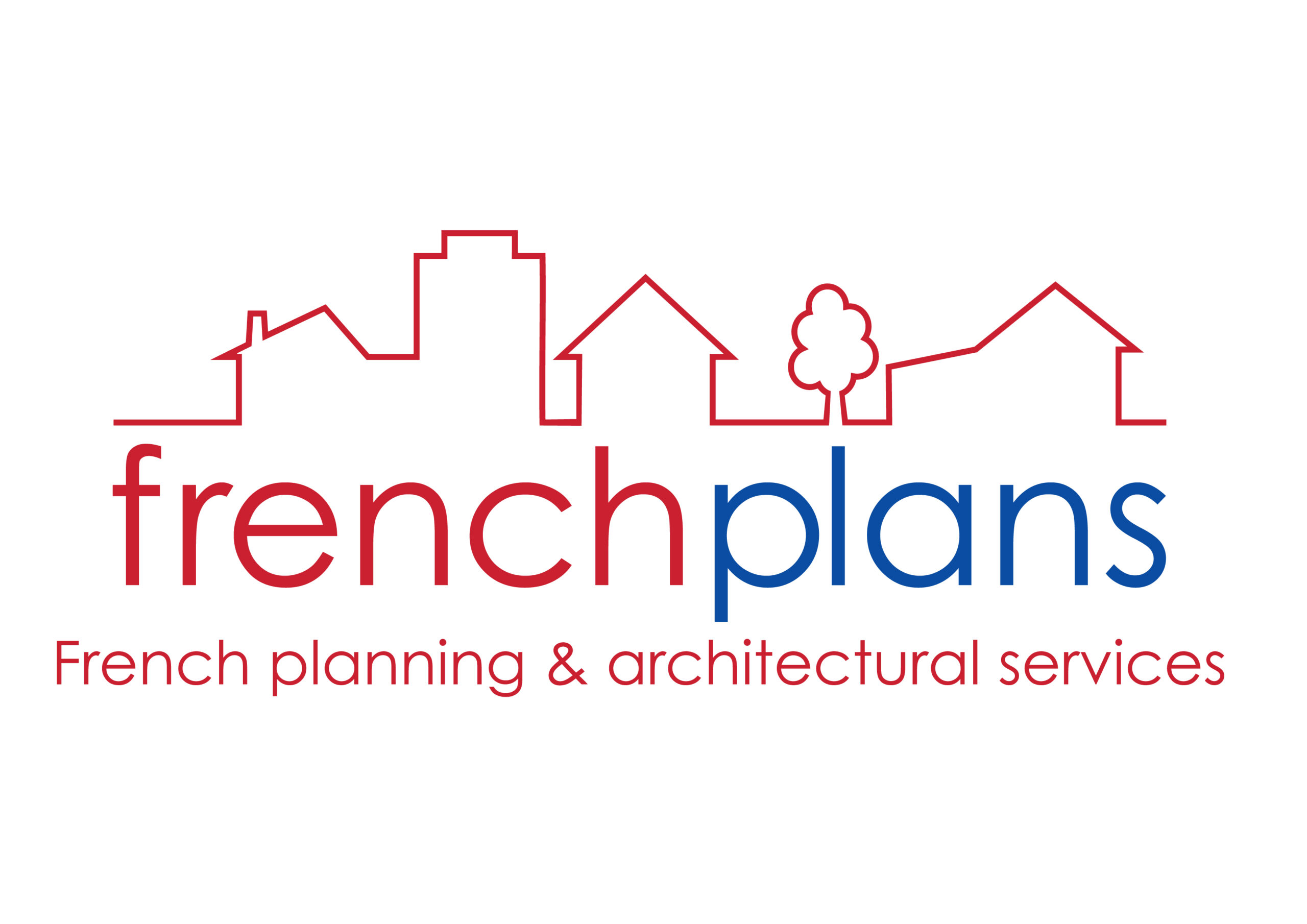
Planning permission is required for most construction and renovation projects in France, but the kind of permit you need depends on the type of work being carried out. Let’s take a look at the most common types of planning application that may be required in France, the differences between them, and how to decide which is the most appropriate for your project.
Certificat d’Urbanisme (CU)
There are two types of Certificat d’Urbanisme or CU application – CU(a) and CU(b). A CU(a) is typically used to find out general information about a plot of land and any restrictions or applicable taxes. A CU(b), on the other hand, tends to be an ‘operational’ application (comparable to outline permission in the UK), which is used to ascertain whether, in principle, a particular project can be carried out or not – e.g., if a parcel of land can be used to construct a dwelling, or whether a barn conversion into a dwelling is possible.
To apply for a Certificat d’Urbanisme, detailed plans are not necessary, but you will need to provide a brief project description, along with a site plan and photographs (especially if there are any existing buildings – whether or not the project involves these).
A CU is particularly useful where no local planning regulations exist – i.e., where national planning rules apply (which essentially divide areas into “constructible” or “non-constructible” zones, based on proximity to the built-up area of the commune).
You can apply for a Certificat d’Urbanisme whether you are the landowner or not, and it typically takes around a month for a CU(a) or around two months for a CU(b) (although longer waits are possible). If granted, a CU is valid for 18 months from the date of issue, after which it may be renewed unless land regulations have changed within that time – if that is the case or if the permit is not renewed in time, you will need to submit a new application. It is unusual for land to be re-classified, but it does sometimes happen.
The granting of a CU does not infer that a subsequent detailed application will automatically succeed – think of it more as a legal opinion on the current planning possibility for the property or plot of land. For example, it is possible to achieve a positive CU to build an extension, only to find that the position proposed in the later detailed application is not possible due to one constraint or another – e.g., it’s too close to a boundary. The more detailed the information in the CU, the less likely it is that the full planning application will fail.
Once you have submitted a detailed planning application and it has been granted, this essentially takes the place of the CU in terms of validity and timescale.
Déclaration Préalable (DP)
A Déclaration Préalable is most often used to deal with minor modifications to an existing property, such as the addition of Velux windows, changing wooden windows and doors to PVC, small extensions, attic or garage conversions (into a living space), or constructing a garden shed, greenhouse, or polytunnel. Planning permission is required for all of these projects.
Note that in France, all changes to the external appearance of a property require a permit, even seemingly insignificant changes. In some cases, the colour of external masonry, doors, windows, shutters, etc., is governed by local tradition, and inappropriate colours may be refused – this applies particularly in heritage zones (close to historic monuments, in national parks, etc.
Broadly speaking, a Déclaration Préalable is used for minor works up to 20m² of living space (surface de plancher) or footprint (emprise au sol), although this is sometimes up to 40m² in developed areas.
An important aspect of the Déclaration Préalable application is that there is often no official response issued. Instead, if the application has not been refused within a month of application, this serves as an automatic approval, giving you the right to proceed. In some cases, additional documentation or information is requested, and the one-month timeframe then begins from the date this information is received.
The authorities also retain the right to extend this one-month response period under certain circumstances, and this also applies in any protected or heritage zone. In some areas, notably these protected or heritage zones, projects are not subject to the automatic approval in the event that no response is received within the first month after submission. Be sure to check the rules in your commune when filing your application.
Permis de Construire (PC)
For the majority of projects not covered by a CU or DP, a Permis de Construire will be required. This permit is necessary for new builds, extensions and conversions above the floor area or footprint limits noted above. There are different types of PC applications (dependent on the project detail), and the timescale for receiving the result can vary between 2 months and 6 months. There are also set time limits in which the authorities are obliged to respond, and a failure to do so results in an automatic right to proceed. However, there is still the possibility for the authorities to overturn the automatic right within a 3-month period of its start date if the application is adjudged to have been illegal at the outset.
Permis d’aménager
For larger projects such as housing developments, commercial premises, theme parks, larger campsites, etc., it is necessary to apply for a Permis d’Aménager. Although similar to a Permis de Construire in terms of process, other considerations exist – for example, it may be necessary to undertake an impact study, take account of fire and disabled regulations, etc.
What Type of French Planning Permit Do You Need?
The flowcharts below indicate the type of planning application required for most individual property building and renovation projects. However, there are some ambiguities in the French planning system, so if you are in any doubt, do please seek professional guidance.


How To Apply For Planning Permission in France
Any planning application in France needs to be submitted to the local town hall (Mairie) as a ‘dossier’. Contrary to popular misconception, in the majority of cases, it isn’t the Mayor (Maire) or the commune who handles applications, it is the local planning office, and the Mairie act more as a focal point to relay documents and requests between the applicant and the planners. Also, where necessary, the regional architect, utility companies, agricultural office, or other entities may be consulted.
Your Dossier
Planning permission applications require the submission of a ‘dossier’ which may be between 10 and 25 pages. Included in this is the relevant application forms, plans and scale drawings, an explanation of the project, photographs and ancillary documentation.
A word of warning:
We often hear tales to the effect that the local Mairie have said there should be no problem with an application, but frequently that advice is incorrect – bear in mind that very small communes often have a part-time Maire and staff, and they don’t have the time nor the expertise to devote to fully understanding the intricacies of planning law.
Building or Renovating Your French Property?
Whether you’re building an extension, renovating an old farmhouse, or designing a new build property, FrenchEntrée is here to help! Check out our Essential Reading articles for everything you need to know about planning permissions, building regulations, and renovation projects. Or, for professional help, advice and assistance at all stages of your building or renovation project, get in touch with our partners at French Plans.
Article by Arthur Cutler at French Plans.
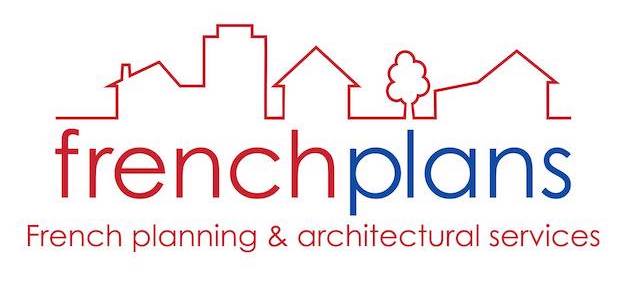
Share to: Facebook Twitter LinkedIn Email


